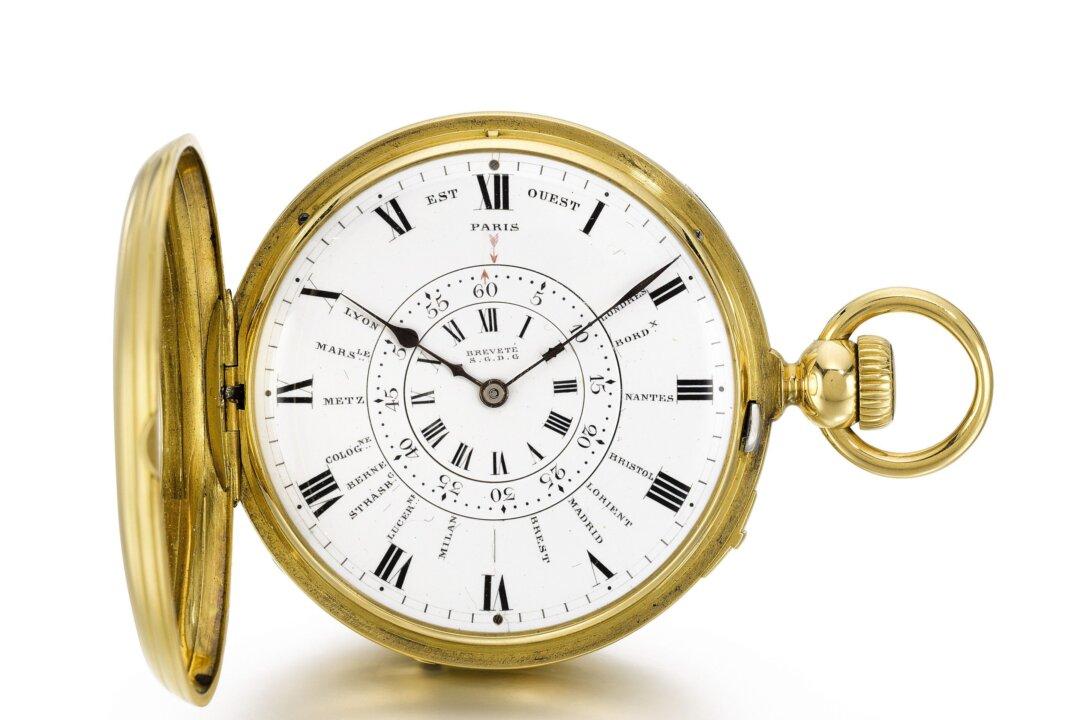We live in an age when the wristwatch has been replaced by an impersonal smartwatch supplying most of the features of a computer, or worse, no timepiece at all, relying instead on a cellular phone to keep track of time. As a result, analog watches have lost their appeal, relegated to dusty drawers.
But not by all. There exists a fervid appreciation of these tiny mechanical marvels whirring on a wrist, with vintage watches of 40 years or older enjoying an ever-growing fan base.





